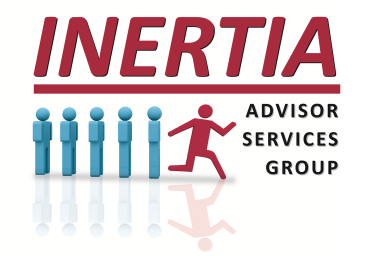When Would You Recommend the 10th Best Strategy to Clients?
For many in the advisory community, the concept of “self-funding” future Long-Term Care (LTC) needs seems logical at first glance. Clients with substantial assets assume they can simply set aside funds, withdraw as needed, and manage expenses independently. However, when asking ChatGPT to analyze efficiency, leverage, tax advantages, risk management, and impact on family, self-funding isn’t so logical after all, ranking as the 10th best strategy—far behind solutions that provide superior benefits, security, and peace of mind.
With more than 80% of Americans1 stuck in this suboptimal approach, often without even realizing the better alternatives available, it’s time for the advisory community to prioritize LTC Planning and improve client outcomes…..
Why Self-Funding Falls So Far Down the List
No Leverage—Every Dollar Spent Is a Dollar Gone: Unlike Hybrid LTC Insurance or PPA-Compliant LTC Annuities, self-funding does not multiply assets. If Mrs. Jones needs $400,000 for care, she must set aside $400,000 today—instead of leveraging premiums or repositioned assets to create $750,000+ of future LTC benefits.
No Risk Protection—Market Timing & Investment Drawdowns Matter: Self-funding relies on market performance—but what happens when care is needed during a downturn? Unlike annuities or insurance, which provide guaranteed benefits, self-funding means a client could be forced to sell assets at a loss and/or pay capital gains taxes to cover LTC expenses.
No Tax Efficiency—A Tax Drag on Withdrawals: Most self-funding sources (IRAs, 401(k)s, brokerage accounts) generate taxable withdrawals. In contrast, Health Savings Accounts (HSAs), 1035 exchanges, and PPA-compliant annuities offer tax-free LTC funding, stretching assets further.
No Care Coordination—Paying for Care Isn’t a Plan: LTC planning isn’t just about paying bills—it’s about managing care. Self-funding provides zero care coordination services, meaning clients (or their families) are left to navigate a complex, stressful, and unfamiliar system alone.
Family Burden & Conflicts—Emotional & Financial Stress: Self-funding forces family members to act as decision-makers, negotiators, and care managers, and without a structured LTC plan, disagreements over care options can cause rifts among loved ones, while the responsibility of caregiving often falls to adult children.
The Nine Strategies That Beat Self-Funding
So, if self-funding ranks #10, what ranks higher? According to ChatGPT analytics, here are the superior LTC funding strategies:
1. Hybrid LTC Insurance (Life or Annuity-Based) – These solutions offer the best combination of guarantees, tax efficiency, and asset protection, leveraging existing assets to fund future care needs.
2. PPA-Compliant LTC Annuities (1035 Exchange or Direct Purchase) – Tax-free LTC benefits with annuity repositioning.
3. Health Savings Accounts (HSA) – Triple tax-advantaged, best for LTC expenses and premiums.
4. 1035 Exchange from Life Insurance to LTC Policy – Repurposes old policies tax-free for LTC.
5. Medicaid & Asset Protection Strategies – Structured trusts and spend-down plans to preserve wealth while qualifying for Medicaid.
6. Traditional & State Partnership LTC Insurance – Pure LTC coverage, though with rising premium risks; Partnership plans provide Medicaid asset protection.
7. Reverse Mortgage / Home Equity Conversion – Unlocks home equity while preserving cash flow.
8. Roth IRA (As a More Tax-Efficient Self-Funding Strategy) – Better than taxable accounts but still lacks leverage.
9. HELOC (Home Equity Line of Credit) – Can provide short-term liquidity but has significant risks.
10. Self-Funding (Savings, Investment Liquidation, Real Estate, etc.) – Ranks BELOW all structured LTC planning strategies due to inefficiency, lack of tax benefits, and market/liquidity risks.
When Would You Recommend the 10th Best Strategy for Any Other Financial Need?
Financial professionals wouldn’t recommend the 10th best investment option, the 10th best retirement strategy, or the 10th best estate plan—so why is self-funding LTC still treated as a default solution?
Advisors should be proactive, not reactive when it comes to LTC Planning. Instead of defaulting to self-funding, explore structured, tax-efficient, and leverage-enhancing solutions that provide better outcomes for clients and their families.
Final Thought: It’s Time to Challenge the Default
The idea that “affluent clients can self-fund” is an outdated and lazy assumption. Suitable and appropriate planning means helping clients maximize their wealth, minimize risks, and protect their families from unnecessary burdens. Don’t let self-funding be the default. Instead, position LTC planning as a fundamental strategy that protects assets, optimizes taxes, and eliminates uncertainty.
1 Surveys by OneAmerica/Hanover Research (March 2022) and the Nationwide Retirement Institute/LIMRA (May 2023)
20250311

